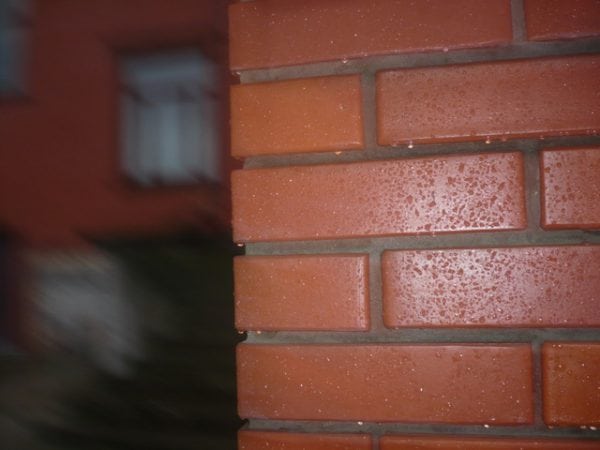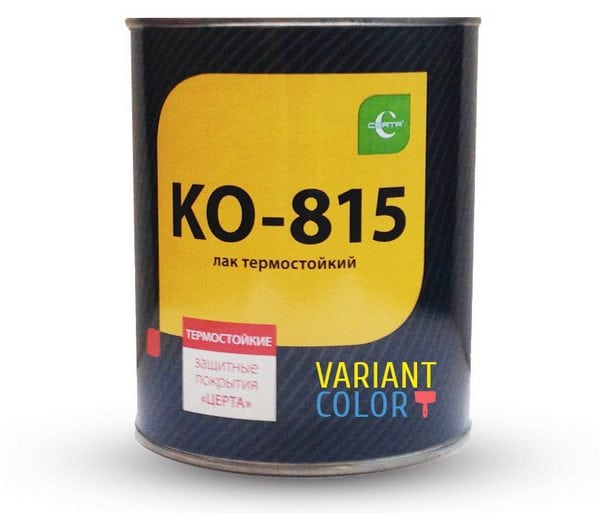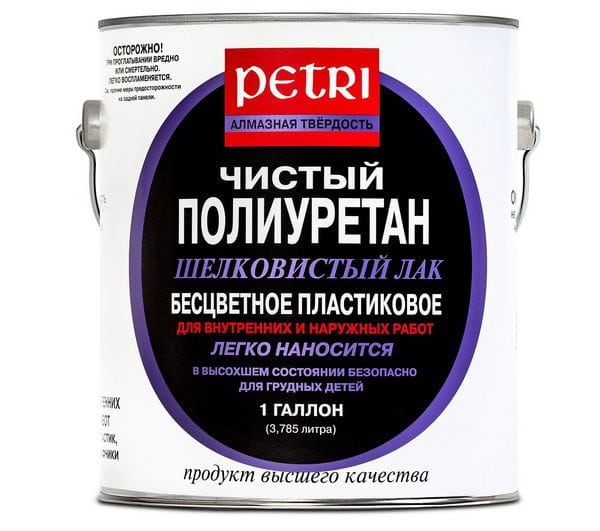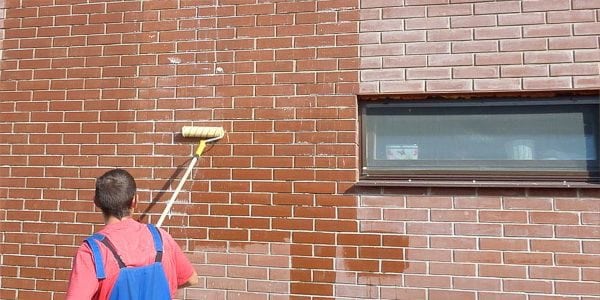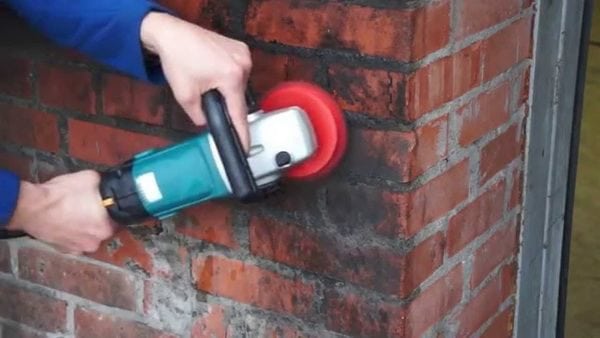Under the influence of atmospheric phenomena (precipitation, winds), seasonal temperature fluctuations, the brick house gradually collapses, losing its beauty and aesthetic appeal. To protect it, it is recommended to use a varnish for bricks.
- Material properties
- Varieties
- Manufacturers
- Application technology
- Tools and materials
- Surface preparation
- Subtleties of working with varnish
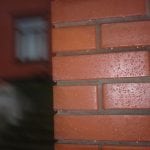
Material properties
Exterior brick walls usually do not cover anything. This is due to the beautiful view of the material itself. However, in regions with a harsh climate, additional protection of the facade of a private house is necessary. This will increase the life of the brick and give it additional attractiveness.
All varnishes have approximately the same properties:
- protect the surface from moisture penetration;
- strengthen the brick, penetrating deep inside its structure;
- have excellent adhesion;
- insensitive to chemicals and natural solvents;
- not afraid of temperature changes;
- do not deteriorate when exposed to sunlight;
- extend the life of brick buildings;
- have high decorative qualities;
- protect the surface from mold and mildew.
After processing, the brick surface acquires a beautiful appearance (“wet stone”, silky, matte - depending on the type of paint used), stops getting dirty and wet, acquiring moisture and dirt-repellent properties, perfectly resists high temperatures, which is very important when processing furnaces. Lacquer coating is not erased for a long time.
to contents ↑Varieties
There are 4 types of decorative varnishes for bricks for outdoor use: polymer, acrylic, solvent, fireplace / stove and sealing impregnations.
Features of the varieties:
- Polymer. The composition includes alkyd resins, acrylic copolymers, as well as organic solvents and various additives. After processing with such compositions, the brick acquires a beautiful appearance “a la wet stone”, while its wear resistance is increased. It is possible to work with polymer varnishes even at low temperatures (up to -10 ° С).
- Acrylic They are used to protect masonry during both external and internal works. One-component, based on organic solvents, compositions are well absorbed into the brick, protecting it from microcracks, mechanical damage, and prevent the formation of efflorescences.
- Solvent These are varnishes on the same solvent with the addition of silicone resins. They penetrate deep into the brick, creating a durable coating that does not crack, does not peel, does not fade. Solvent varnishes are flammable, therefore it is necessary to work with them extremely carefully.
- Fireplace / stove. KO-85 or KO-815 - special refractory varnishes. They are used both for external works and for internal ones (strengthening the internal surfaces of the furnaces and protection against condensate). The application of such varnishes gives the brick walls heat resistance, water-repellent properties, prevents the washing of stove joints, strengthens the laying of the stove or fireplace.
- Sealing impregnations. They are made on the basis of silicone and acrylic resins and give the brick maximum wear resistance. The impregnation is fluid due to a complex mixture of aromatic and aliphatic solvents, which ensures its high penetrating ability. Such a coating does not turn yellow for many years.The protective layer obtained as a result of processing is resistant to water, chemicals, UV rays, oils, and reagents. After application and drying it gives the brick an unobtrusive shine with the effect of “wet stone”.
Manufacturers
Pufas is a German concern, one of the oldest in the construction market. It produces more than 200 types of products, including varnish and protective impregnation for bricks, which improves its appearance, protects against moisture and gives a silky sheen without changing color.
The company Petri (USA) is a stable supplier in the market of varnishes and paints. Among its products is wet stone impregnation. This protective polyurethane varnish prevents abrasion, pollution and destruction of a brick surface.
The Russian manufacturer Neomid presents Neomid STONE - impregnation for decorative stone and brick (matte varnish). After processing, an effective, semi-gloss coating is obtained that protects the walls from moisture, fungus and mold. The tool does not smell, which allows you to use it for internal work.
The KrasKo company is one of the best domestic manufacturers of high-quality paints and varnishes. To protect the brick and concrete surface, the following varieties of varnishes are available: Texil, Protexil, Aquastone, Epoxol. All materials are produced using exclusive technologies using high-quality imported raw materials (such well-known companies as BASF).
to contents ↑When choosing which varnish to coat a brick, focus on the cost and purpose of the composition. There are varnishes intended solely to protect the surface from atmospheric phenomena, they may not give a decorative effect.
Application technology
Working with varnish is not very different from applying ordinary paint. The temperature regime at which the composition lies as even as possible is -10 + 30 ° C. There are only 3 methods of application: with a brush, roller, spray. For the latter, it is necessary to dilute the varnish slightly with a suitable solvent. The number of layers is at least 2, it is necessary to allow each to dry qualitatively (at least 1 hour).
to contents ↑Tools and materials
Before painting, it is necessary to study the surface quality. After that, analyze what materials and tools will be needed. The standard set, which provides the ability to completely clean the wall from the old finish, as well as grouting small and large cracks, except for varnish, includes:
- a washcloth or brush made of hard steel wire;
- soapy detergent for cleaning walls;
- brushes with hard nylon bristles or a roller;
- manual (auto) spray gun or spray gun (spray gun);
- a sponge with a hard surface;
- scraper knife or spatula;
- sandpaper for grinding jammed cracks;
- putty or grout;
- cement M-400;
- primer;
- rubber gloves and safety glasses;
- flat synthetic brushes;
- rollers of various sizes.
Surface preparation
Before applying varnish, it is necessary to tidy up the brick wall. If it has an old finish (paint), it must be removed with a building hair dryer or solvent. The influx of cement mortar knock down with a chisel and a hammer. If there are small cracks, they must be repaired with latex paint for bricks, dried paint from the surface to remove sandpaper. If there are large cracks or ugly seams, they must be “expanded”, cleaned, dust removed and repaired. Then polish with sandpaper.
Further actions:
- Rinse the brick to remove dust, dirt and efflorescence. This can be done with dishwashing liquid and a large soft sponge.
- Dry the surface. Well, if at this time there will be sunny warm weather.
- If efflorescence appears again after drying, wash the surface again using a sponge with a hard surface.
- Wait for the brick to dry completely.
- Clean the walls with a deep penetration primer. Pick her right. It is better to buy the composition of the same manufacturer as the varnish.
Subtleties of working with varnish
After the surface is completely prepared and dried, it can be varnished. This is done with a long-nap roller (bristle length up to 2 cm) or a thick stiff brush. Neighboring strokes should go at each other for at least a few millimeters (overlap). The best result will give the use of a spray gun. Work begins from any upper corner of the wall. Each subsequent one is applied after the previous one has completely dried, so that the coating is even.
It is better to carry out varnish coating of brick walls in summer, in dry weather, otherwise it is very likely that the composition will lie unevenly or the coating will “go” with stains. Such a finish is much simpler in terms of labor costs and cheaper in finance than plaster or other cladding. Caring for the varnished surface is simple - wash it a couple of times a year with a warm soapy solution, and then rinse with clean water.

